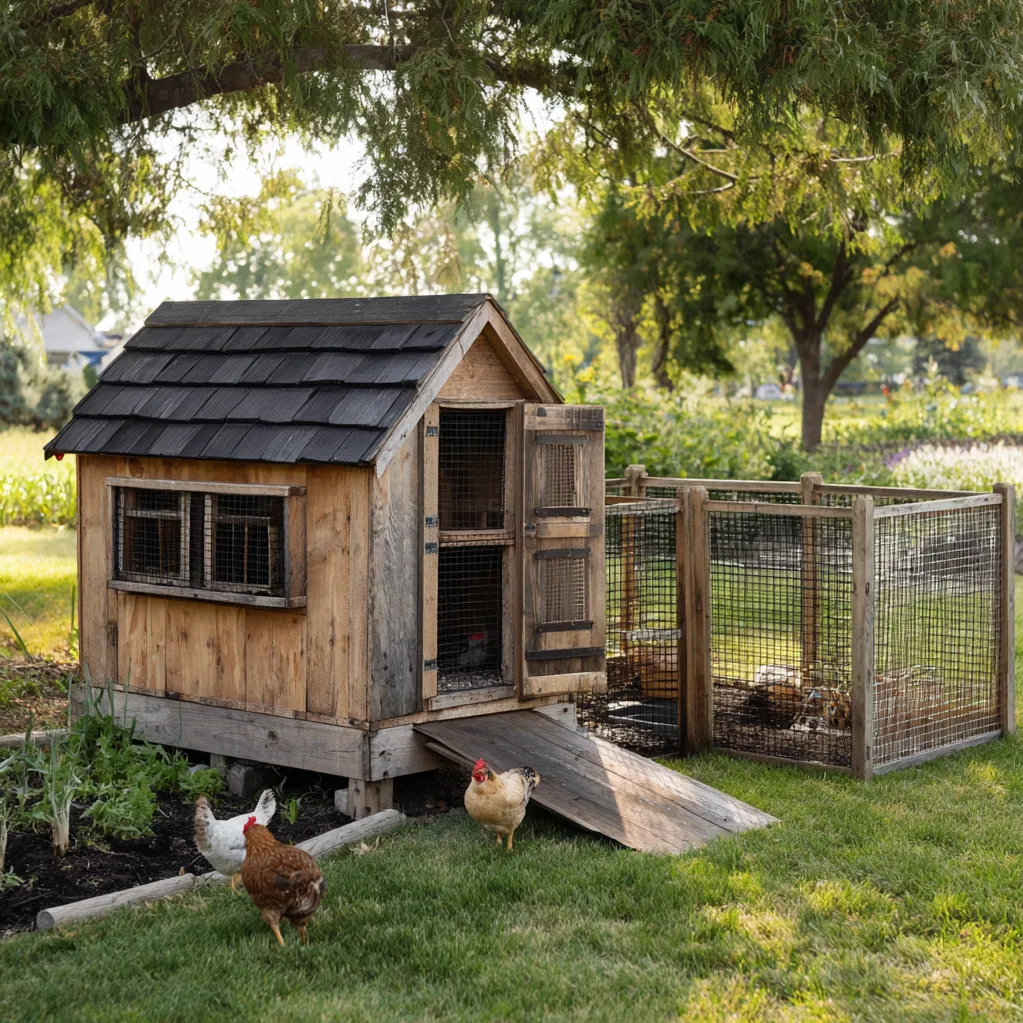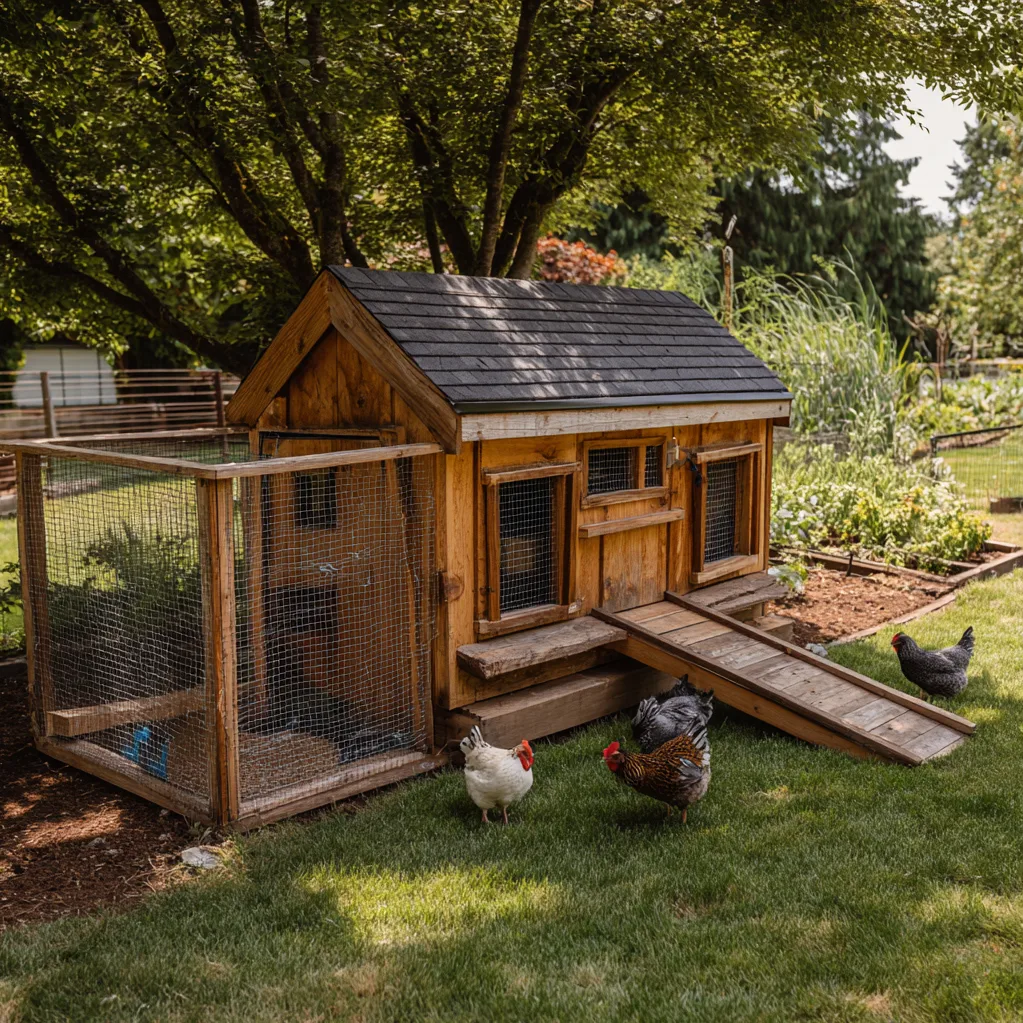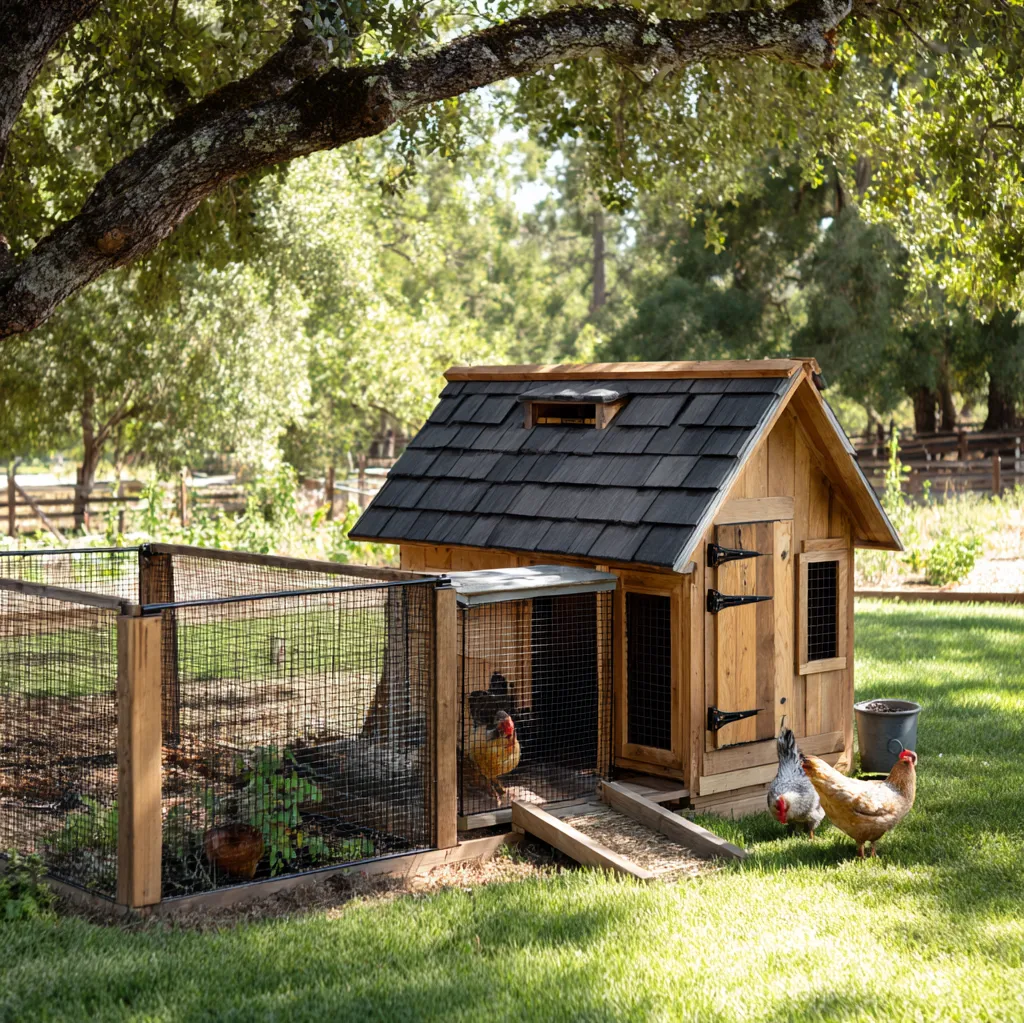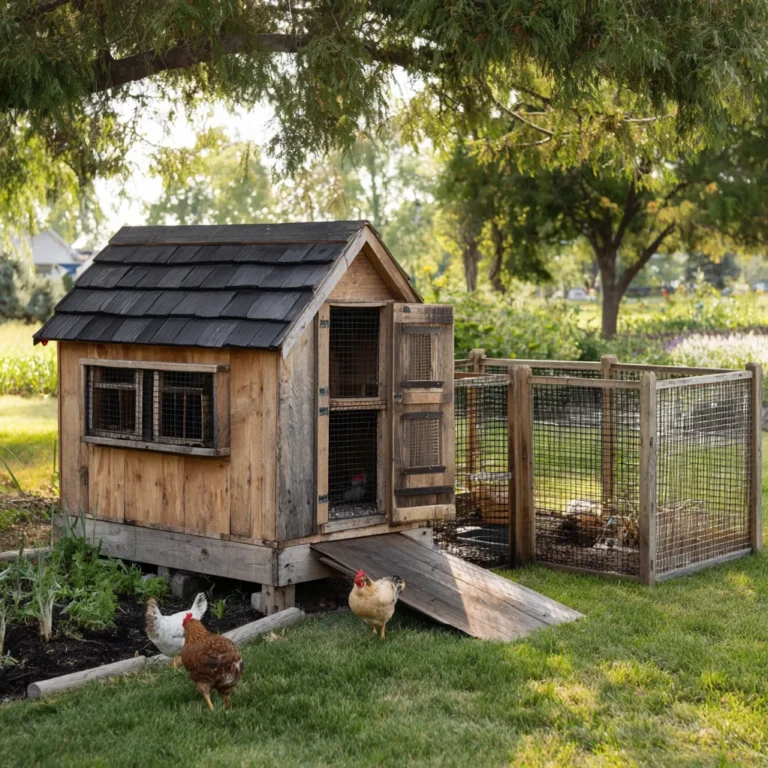
Raising guinea hens brings more than just unique poultry to your yard—it’s a step toward sustainable living and natural pest control. These birds are known for their loud calls and ability to hunt insects, making them a favorite among homesteaders. But to keep them healthy and happy, you need a well-designed coop. Guinea hens are active and social, requiring space to roam and safe spots to roost. A poorly built coop can lead to stress, health issues, or escape attempts. That’s why thoughtful guinea hen coop ideas are essential for any flock owner. Whether you’re a beginner or an experienced keeper, the right setup can make all the difference. In this article, we’ll explore practical and creative ways to build or adapt coops that suit your space and budget. From repurposing old structures to adding enrichment features, you’ll discover how to create a haven for your birds. For inspiration on outdoor projects, check out this guide from The Spruce. Ready to transform your backyard? Let’s dive into three standout ideas that prioritize safety, comfort, and functionality for your guinea hens.

Essential Guinea Hen Coop Ideas for Safety and Space
When designing a guinea hen coop, safety and space are non-negotiable. Guinea hens are curious and prone to predators like raccoons or foxes, so a secure enclosure is vital. Start with sturdy materials like hardware cloth instead of chicken wire, as it resists bending and chewing. Ensure the coop has a locked door and covered runs to prevent night-time attacks. Space-wise, guinea hens need room to exercise—aim for at least 4 square feet per bird inside the coop and 10 square feet in the run. This reduces aggression and supports their natural foraging behavior. Consider elevated coops with ramps for easy access, which also protect from ground moisture. Ventilation is another key aspect; add screened windows to prevent respiratory issues without creating drafts. For bedding, use straw or pine shavings to absorb moisture and provide comfort. Include multiple roosting bars at different heights, as guinea hens prefer to sleep off the ground. A well-planned layout with separate areas for feeding and nesting can streamline daily care. Remember, a safe and spacious coop isn't just about confinement—it's about creating an environment where your birds thrive. Regular inspections for wear and tear will keep it predator-proof for years.

Budget-Friendly Guinea Hen Coop Ideas Using Repurposed Materials
Building a guinea hen coop doesn't have to break the bank. With a bit of creativity, you can repurpose materials for a cost-effective and eco-friendly solution. Old sheds, playhouses, or even large dog kennels can be transformed into cozy coops. For example, convert a wooden storage shed by adding ventilation holes, roosting bars, and a small door for the hens. Use reclaimed wood for framing and pallets for raised floors to improve drainage. This approach not only saves money but also reduces waste. When selecting materials, avoid treated woods that could harm the birds, and opt for natural, non-toxic paints if needed. For the run, mesh fencing from previous projects can enclose an area, while old tires or buckets make great dust baths—a favorite guinea hen activity. Include nesting boxes from recycled crates or buckets, lined with soft hay. These budget-friendly guinea hen coop ideas emphasize functionality over fancy looks, ensuring your flock has what they need without overspending. To get started, sketch a simple plan and gather materials from local classifieds or recycling centers. For more DIY inspiration, visit our internal resource on https://wheelsoflavor.com/homesteading-tips. With a weekend of work, you'll have a durable coop that keeps your birds content and your wallet happy.

Creative Guinea Hen Coop Ideas for Small Yards and Urban Settings
Limited space doesn't mean you can't keep guinea hens. Creative guinea hen coop ideas can adapt to small yards or urban environments, focusing on vertical design and multi-use areas. Consider a tall, narrow coop with multiple levels—for instance, a two-story structure where the upper level serves as the roosting area and the lower part as a covered run. Use ladders or ramps to connect floors, ensuring easy movement for the birds. Incorporate wheels on the base for mobility, allowing you to rotate the coop to fresh patches of grass. This is especially useful in city settings where space is tight. To maximize efficiency, add hanging feeders and waterers to save floor space, and use wire mesh roofs to let in light while containing the flock. Plant bird-safe shrubs or herbs around the coop for natural shade and enrichment. Another idea is to integrate the coop with a garden bed, where guinea hens can help with pest control during supervised outings. Just ensure the enclosure is secure from urban predators like cats or dogs. These designs prioritize compactness without compromising on essentials like ventilation and cleanliness. With thoughtful planning, even a balcony or petite backyard can host a thriving guinea hen flock, blending functionality with aesthetic appeal.
Conclusion
In summary, guinea hen coop ideas are all about balancing practicality with creativity to meet the unique needs of these lively birds. From prioritizing safety with predator-proof designs to embracing budget-friendly repurposing and adapting to small spaces, each approach ensures your flock stays healthy and engaged. Remember, a well-built coop reduces stress, minimizes health risks, and enhances your overall homesteading experience. As you move forward, consider how your coop can evolve—perhaps by adding automated feeders or integrating solar lighting for sustainability. The future of poultry keeping leans toward eco-friendly and smart solutions, so stay open to innovations. Start with one of these ideas, observe your guinea hens' behavior, and make adjustments as needed. For more tips on animal care, explore our other guides. Ultimately, investing time in your coop pays off with happier birds and a more rewarding hobby. Take that first step today, and watch your backyard transform into a haven for your guinea hens.
Frequently Asked Questions
Q: What size should a guinea hen coop be for a small flock?
For a small flock of 3-5 guinea hens, aim for a coop that provides at least 4 square feet per bird inside the sleeping area and 10 square feet per bird in an outdoor run. This ensures enough space for roosting, moving, and reducing stress. In tight spaces, vertical designs with multiple levels can help maximize area without expanding the footprint.
Q: How can I predator-proof my guinea hen coop effectively?
To predator-proof your guinea hen coop, use hardware cloth with small openings (1/2 inch or less) instead of chicken wire, as it's stronger against chewing animals. Bury the fencing at least 12 inches deep or extend it outward to deter digging predators. Install secure locks on doors, cover the run with mesh, and avoid leaving food out overnight. Regularly inspect for gaps or weak spots to maintain safety.
Q: Can guinea hens share a coop with chickens, and what adjustments are needed?
Yes, guinea hens can share a coop with chickens, but adjustments are necessary due to their different behaviors. Guinea hens are more flighty and prefer higher roosting spots, so add elevated bars or shelves. Ensure ample space—at least 5 square feet per bird in mixed flocks—to prevent competition. Provide separate feeding areas if aggression occurs, and monitor for bullying. Overall, a well-designed coop with varied perches and hiding spots can accommodate both species harmoniously.

